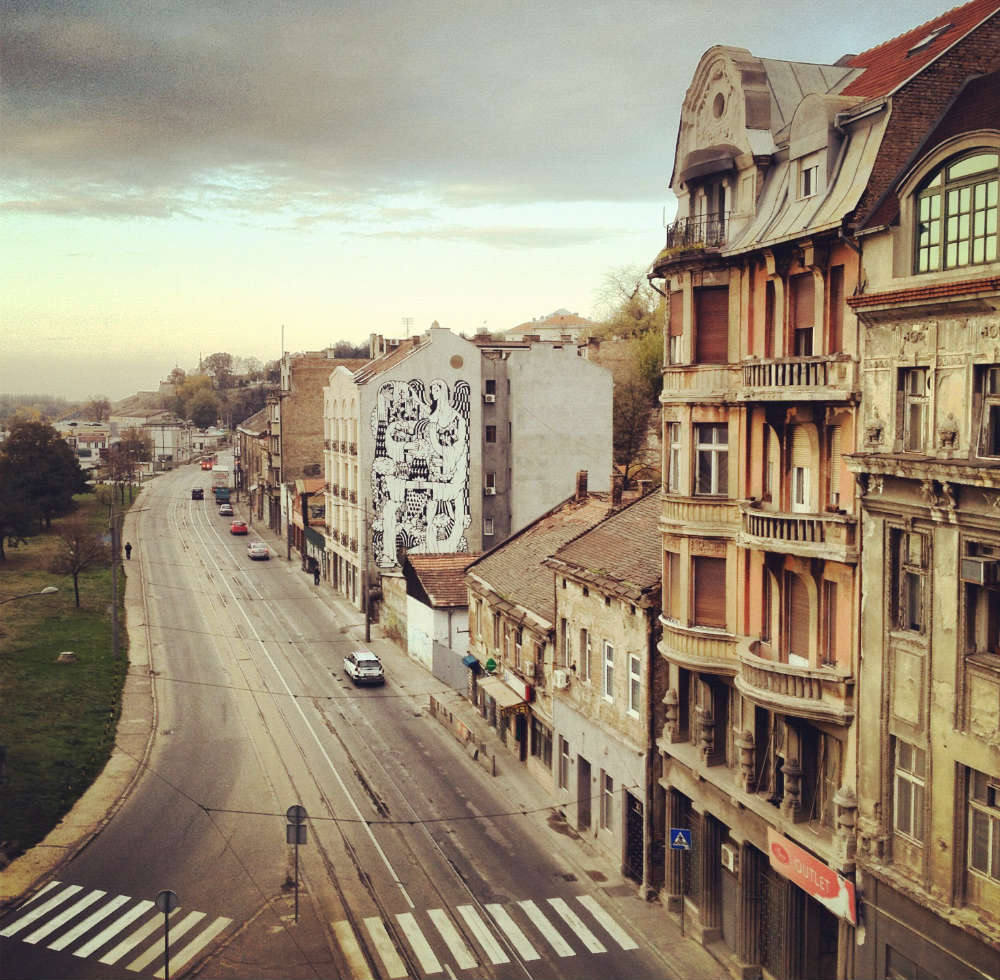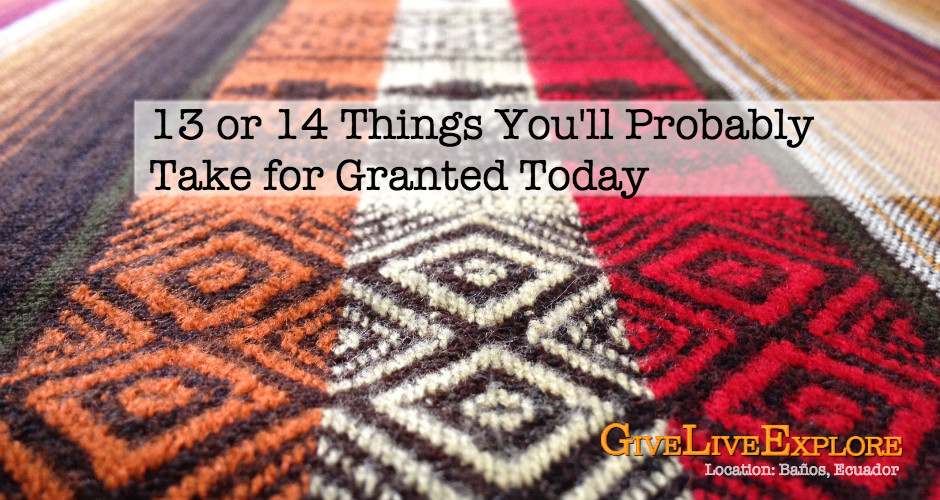“All courses of action are risky, so prudence is not in avoiding danger (it’s impossible), but calculating risk and acting decisively. Make mistakes of ambition and not mistakes of sloth. Develop the strength to do bold things, not the strength to suffer.”
– Niccolò Machiavelli, from The Prince
This post has been in the back of my mind for a few months. But given the event in Connecticut on Friday, it feels appropriate to bring it to the surface this week.
For the past 6+ months, I traveled around Europe. Half of the time I was alone. Most of my days were spent in countries of the former Yugoslavia and/or Eastern Bloc. Places like Serbia, Croatia, Lithuania, Latvia, Estonia, Poland.
Do any of those countries sound dangerous? Unsafe? Scary? Why is that?
Before I left on my six month trip through Europe, I was advised to be safe. You’re heading to Lithuania? Be careful. You’re living in Belgrade, Serbia? Watch out. Thinking of going to Turkey? Rethink that. I really do appreciate the well wishes because they came from a place of love and caring.
And I was incredibly fortunate. I wasn’t the victim of pickpocketing. I didn’t lose my passport. I wasn’t physically accosted with random acts of violence or verbally abused with anti-American sentiment.
There were some uncomfortable moments though. There was the time a smug Icelandic guy maliciously joked, upon seeing my friend Mike and I (both of us dark-haired, unshaven, and apparently looking Greek (which I am, but Mike is not)), “Did Greece throw-up in here?” When traveling on overnight buses through the Balkans, I kept my valuables close to my person. In Estonia I got into an elbow & shoulder shoving match with a feisty Napoleneon-esque Russian kid looking for a fight.
Although uncomfortable, I never felt too threatened or scared in any of these situations. But surely traveling through so many unfamiliar places, there had to be a ‘scariest place,’ right? Let’s go down the list of candidates:
It certainly wasn’t the art-tattered (or “vandalized”, if you work for Keep Britain Tidy) streets of East London.
It wasn’t jogging through bohemian Užupis, the self-declared independent and rogue republic inside Vilnius, Lithuania.
It wasn’t drinking beers in Christiania, the free-spirited neighborhood in Copenhagen where marijuana is sold openly on “Pusher Street.”
It wasn’t the time I was stranded in Croatian Plitvice National Park and hitched a ride with a Turkish stranger.
It wasn’t walking alone at 4am through the war-tattered streets of Belgrade, Serbia, only 13 years after being heavily bombed by NATO.

No, none of these places felt all that scary. So if not here, then where?
It might be when my GPS took me through East Cleveland, a poor neighborhood in Cleveland, Ohio.
It could be when my apartment building in Chicago was broken into in clear daylight.
It probably was the night in Atlanta, Georgia when I felt the cold steel tip of a pistol pressed into my right temple. Talk about the wrong place at the wrong time.
I’m not saying Belgrade is any safer than Atlanta. I just think too often we confuse unsafe with unfamiliar. A place sounds or feels dangerous probably because it’s unfamiliar — and yes, it may be unfamiliar and unsafe — but let’s not confuse the two.
We limit ourselves when we allow unwarranted fears to prevent us from traveling to new places. Ignorance is a terrible excuse to stay at home and put off seeing the world.
So before we quickly pass judgement on the safety of a place, let’s admit a few things:
1. Admit when we’re ignorant. If we can’t locate a place on a map, identify the spoken language, or understand the political and religious history, we have no right to judge how safe it is.
2. Admit that the news tells only half the story. Instead of viewing what the news says about a city or country as truth, let’s use it as a baseline. Then find a local, an expat, or a friend who visited, and ask them about the safety.
3. Admit that any place can be dangerous. Our drive home from work can be just as dangerous as walking alone through the streets of Istanbul. In both cases, we need to be mindful of our actions. But that still doesn’t exclude us from freak situations.
I’m not saying we should walk around scared every moment of our lives. Rather, I’m challenging the notion that mysterious foreign countries are, by default, more dangerous than everyday places at home.
To put this into perspective, one day in Belgrade I asked a group of Serbian friends if they had ever considered living in the United States. I distinctly remember one of them answering hesitantly, “No, because I don’t want to feel unsafe walking in a city after 10pm!”
Is it surprising to know a Serbian would be afraid to live in the United States? But would you be afraid to live in Serbia? I love this story because it shows how ignorance, relying on the media to form our beliefs, and fear of the unknown is a human condition, and not one confined to a particular country or culture.
To bring this all back home, I think my friend has a point. I actually felt safer most nights traveling through Eastern Europe than I did living in Chicago. Or Atlanta. Or working in New York. Even as a American.
Maybe my starry-eyed wanderlust helped me ignore the dangers around me. Or maybe I was always vigilant and careful. Or maybe the United States is more dangerous than any of the foreign places I visited.
Don’t let your paralysis from fear and analysis prevent you from taking action, walking into the unfamiliar, and exploring personally unchartered territories on this mysterious and wonderful planet.
Where’s the scariest place you’ve been? Or the safest “scary” place?
Email:










